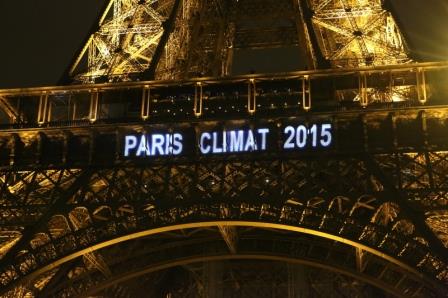The sudden appearance and rapid spread of the coronavirus is an unsettling reminder of how chaotic and uncertain the world can be. Seemingly out of the blue, this new and deadly virus is upending life across the globe — the latest reports identify almost 50 countries that have confirmed cases of infection.
In China, the epicenter of the outbreak, manufacturing, construction, and other economic activities have dramatically slowed down and even come to a halt, while air travel in the country has decreased by 70 percent. As a result, China’s carbon dioxide emissions over the past three weeks have declined by 25 percent.
 |
|
| A significant majority of American voters now support the Green New Deal. |
It’s hard to escape the feeling that a similar unraveling of daily life is what the climate emergency has in store for us. The sense of foreboding is palpable. The fragility of modern life, its dependence on complex webs of supply chains, intricate social systems, infrastructure, and technology: all of it is up for grabs as we confront an epic series of disasters.
“Not all that long ago,” David Wallace-Wells observed this week, “climate change was a story unfolding only in the future tense.” Now, though, it has come “roaring into the present with a terrifying fury.” The incineration of one quarter of Australia’s forests in a single fire season underscores his point.
The ravages of climate destabilization, of course, are not confined to environmental destruction. Rising sea levels, extended droughts, flash floods, and wild fires are perhaps its most obvious manifestations. But less visible developments such as malaria, malnutrition, and heat stress will just as surely cause death and misery for millions of people as the climate crisis accelerates. If only global warming could inspire the kind of collective action that our fear of epidemics does.
More than ever, we need to remember that our fates as individuals and nations are intertwined. The poorest countries, as well as the most marginalized communities in the developed world, will continue to find themselves exposed disproportionately to the havoc that is underway. Just as doctors and nurses are rushing forward into the fray to care for patients struck down by COVID-19, the more fortunate among us need to act with a keen awareness that we are all in this together. It’s not just a question of morality; the survival of human civilization depends on it. In the words of Dr. Martin Luther King, Jr., “We are caught in an inescapable network of mutuality, tied in a single garment of destiny.”



